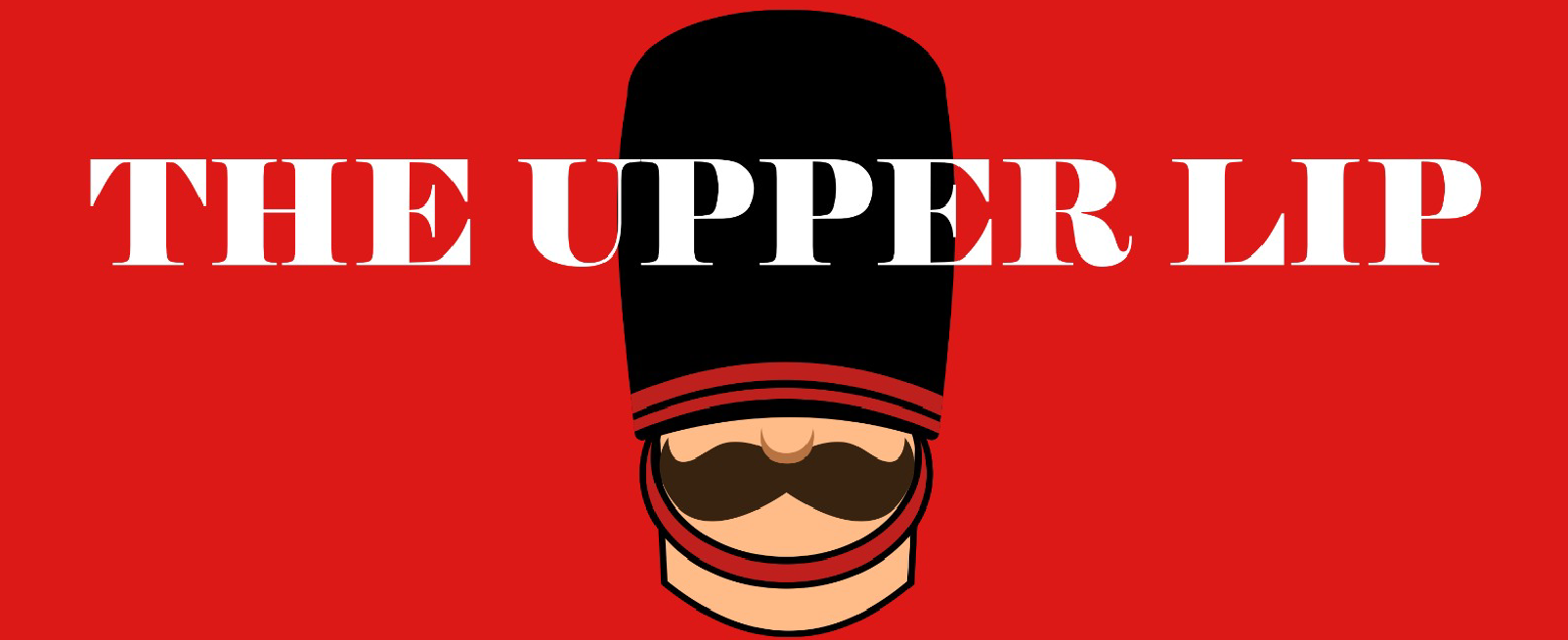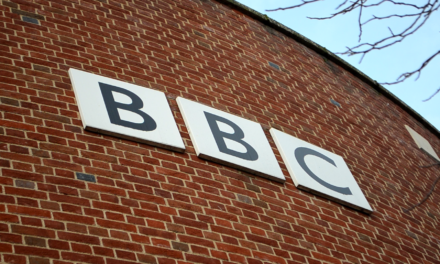London Mayor Sadiq Khan has announced plans to expand the Ultra Low Emission Zone (ULEZ) to include high-polluting pedestrians by 2026. The decision has sparked debate and raised eyebrows, as it introduces a new dimension to the city’s efforts to improve air quality.
The ULEZ, initially implemented in 2019 to target high-polluting vehicles, has been successful in reducing emissions and encouraging the use of cleaner transportation options. However, Mayor Khan’s latest proposal takes the initiative a step further by targeting pedestrians whose actions contribute to poor air quality.
Under the expanded ULEZ, pedestrians will be subject to emission standards similar to those applied to vehicles. High-polluting pedestrians, identified as individuals who emit excessive levels of pollutants such as smoke, dust, or other harmful particles, will face penalties and restrictions when entering designated areas.
The decision has drawn mixed reactions from the public. Supporters argue that it is a necessary step to address pollution comprehensively, as pedestrians can also contribute to harmful emissions through actions such as smoking or generating excessive dust from construction sites. They believe that including pedestrians in the ULEZ will encourage behaviour change and promote cleaner habits among the public.
Critics, on the other hand, express concerns about the practicality and fairness of the proposal. They question the feasibility of enforcing emission standards on pedestrians and argue that singling out individuals on foot may disproportionately affect certain groups, such as the elderly or those with limited mobility. Critics also worry that the expanded ULEZ may create a surveillance-like environment, where people constantly monitor their actions to avoid penalties.
In response to these concerns, Mayor Khan’s office has assured the public that the expanded ULEZ will be implemented with careful consideration for practicality, fairness, and the need to protect vulnerable groups. They emphasise that the aim is not to penalise individuals but rather to raise awareness, encourage behaviour change, and work towards a cleaner, healthier city for all.
The proposal is still in its early stages, and further details regarding the criteria, enforcement methods, and designated areas for the expanded ULEZ are yet to be finalised. The Mayor’s office has expressed a commitment to extensive public consultation to ensure that all perspectives are heard and that the policy is implemented effectively.
As London continues its efforts to improve air quality and reduce pollution, the expanded ULEZ targeting high-polluting pedestrians marks an ambitious step forward. Whether it becomes a model for other cities worldwide or sparks further debate and refinement remains to be seen. For now, Londoners await the outcome of consultations and eagerly anticipate the city’s future strides towards a cleaner and greener urban environment.

















Is there a source for this? If Sadiq Khan has said that, there should be ample reference in the net about it. But I did not find any.